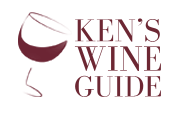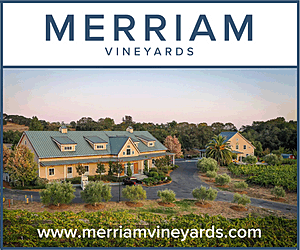Wine Glossary
Definition: Vino Nobile di Montepulciano
[VEE-noh NAW-bee-lay dee mawn-teh-pool-CHAH-noh] DOCG that is located in the hilly area around the town of Montepulciano, southeast of Siena in the eastern portion of Italy's tuscany region. The designated area is actually situated inside the large chianti subzone of Colli Senesi. Vino Nobile di Montepulciano is named after the town and the historic notion that the wine was available only for the tables of nobility. This was the very first DOCG in Italy. Unfortunately, its first vintage in 1983 was met with disappointing reviews. That and the fact that file 250,000 cases of this wine are now produced each year has somewhat diminished its noble aspect. Quality since that 1983 vintage has improved, however, and wines from the top producers are viewed as some of Italy's best. Vino Nobile di Montepulciano wines are made from a minimum of 70 percent Prugnolo (Sangiovese), 10 to 20 percent Canaiolo and up to 20 percent of other varieties (although no more than 10 percent of white grapes). One of the other red varieties most often used is the Mammolo, which scents the wine with the essence of violets. White grapes like Trebbiano and Malvasia are no longer required, which allows winemakers to produce wines that are more intense and longer-lived. The wines of this DOCG must be aged for 2 years (there are several options for the amount wood aging, but the minimum is 12 months), 3 years for Riserva wines. In 1989, a new doc-rosso di montepulciano-was formed. It's located in exactly the same area and uses the exact same grape varieties as those used for the Vino Nobile di Montepulciano DOCG. This change has allowed producers to reclassify some of the wines originally intended from Vino Nobile di Montepulciano to the Rosso di Montepulciano DOC. As a result, lesser wines can be used in the new DOC, which should raise the overall quality of wines coming from the Vino Nobile di Montepulciano DOCG.
Source: Answers.com; Wine Lover's Companion - R & S Herbst




